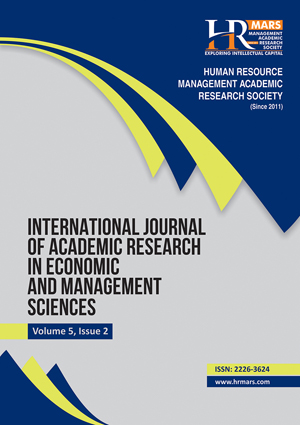
ISSN: 2226-3624
Open access
Marketing planning plays a key role in accessing European funds in tourism. Marketing planning points out the optimal allocation of European funds in this field of activity leading to their efficient use. The present study highlights the use of European funds over 2007-2013 in two development regions, Region Bucharest-Ilfov and Region Centre. We have first focused on the projects submitted as part of the Priority Axis no. 5 in terms of their number and amounts requested. Our research intends to identify the manner in which the principles of marketing planning have been turned to good account with a view to accessing European funds over 2007-2013. This paper deals with a new topic in the literature, and aims to identify how marketing planning can be implemented in accessing European funds in tourism, both to facilitate access and to increase the satisfaction felt by beneficiaries after applying to and implementing such a project.
Ansoff, H. I. McDonnell, E. J. (1990). Implanting strategic management. Englewood Cliffs : Prentice Hall;
Armstrong, G. Kotler, Ph. (2006). Marketing: an introduction.Upper Saddle River: Pearson/Prentice Hall;
Dumitru, I.(2004).Marketing strategic, o abordare in perspective globalizarii.Bucharest: Uranus;
Jain, S. C. Haley, G. T. Voola, R. Wickham, M. (2012).Marketing: Planning and Strategy. Australia: Cengage Learning;
Gilligan, C. Wilson, R. M. S. (2003).Strategic marketing planning. Amsterdam: ButterworthHeinemann;
McDonald, M. (1998).Marketing strategic. Bucharest: Codecs;
Proctor, T. (2008).Strategic marketing : an introduction. London : Routledge;
In-Text Citation: (C?t?linaradu, Arsene, & St?ncioiu, 2018)
To Cite this Article: C?t?linaradu, A., Arsene, O., & St?ncioiu, A.-F. (2018). European Funds Planning over 2007 – 2013 at the Level of Development Regions Case Study: Region Bucharest-Ilfov and Region Centre. International Journal of Academic Research in Economics and Management Sciences, 7(4), 160–167.
Copyright: © 2018 The Author(s)
Published by Human Resource Management Academic Research Society (www.hrmars.com)
This article is published under the Creative Commons Attribution (CC BY 4.0) license. Anyone may reproduce, distribute, translate and create derivative works of this article (for both commercial and non-commercial purposes), subject to full attribution to the original publication and authors. The full terms of this license may be seen at: http://creativecommons.org/licences/by/4.0/legalcode